Nampong, Arunachal Pradesh: Bringing alive its wartime past, the Pangsau Pass International Festival here beckons visitors and tourists from across places to experience landmarks in the state that stood testimony to its bravehearts' role in World War II.
Inaugurated by Chief Minister Pema Khandu on January 20, 2025, the three-day festival coincides with the 80th anniversary of the end of World War II.
During the festival, places like the WWII Cemetery at Jairampur, the enigmatic Lake of No Return, and the iconic Stilwell Road, hog the limelight for their historical significance.
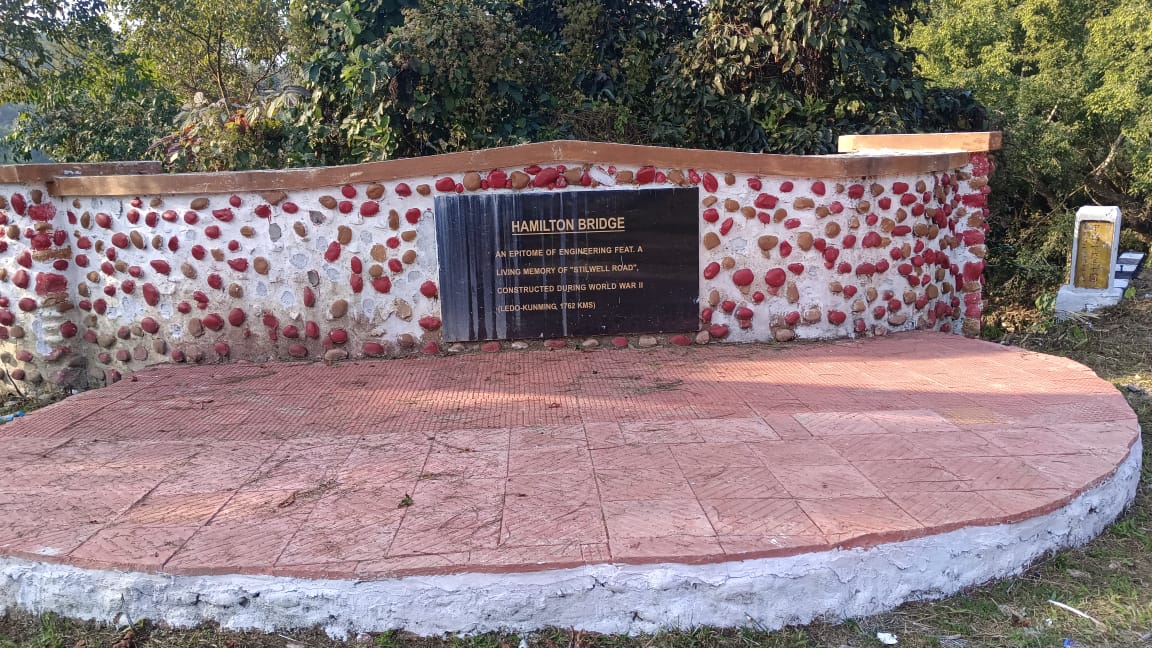
The WWII Cemetery, located 25 km from the festival grounds, is India’s largest, with over 1,000 graves spread across three acres. Started by the Assam Rifles in the 1990s, this cemetery reminds of the lives lost during the war. A WWII-era tank placed at the entrance of the festival is a big draw this year.
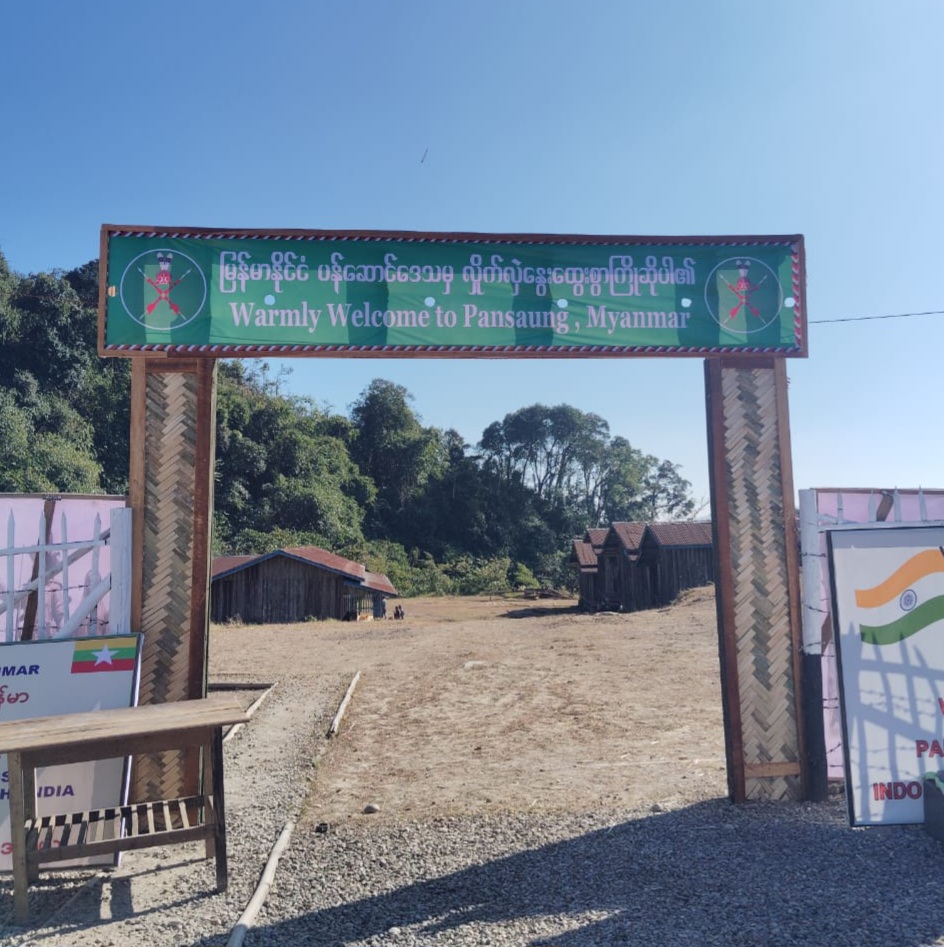
During the fest, the travellers get an opportunity to cross the Pangsau Pass, the border, through the legendary Stilwell Road and reach Myanmar to visit the local market that sells everything ethnic. The road connects India, Myanmar and China.
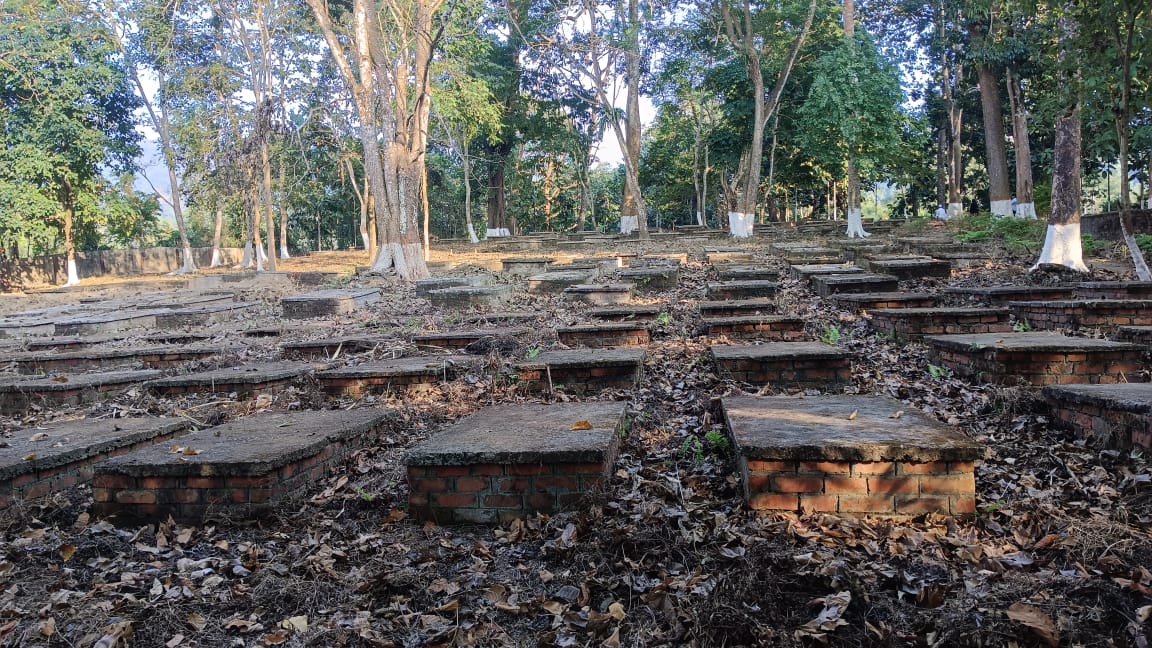
Not to forget the Lake of No Return — a site shrouded in mystery, where aircrafts reportedly perished in this lake during WWII. It is believed that the lake served the Allied Pilots for soft landing into the lake water during the return mission. But those were likely hit by enemy tanks or developed technical snags.
“The festival not only boosts cultural ties between India and Myanmar but also promotes historical education,” said Simon Rongrang, media adviser of PPIF. He described how the relaxed border rules during the festival allow participants to explore both nations, encouraging cross-cultural exchange.
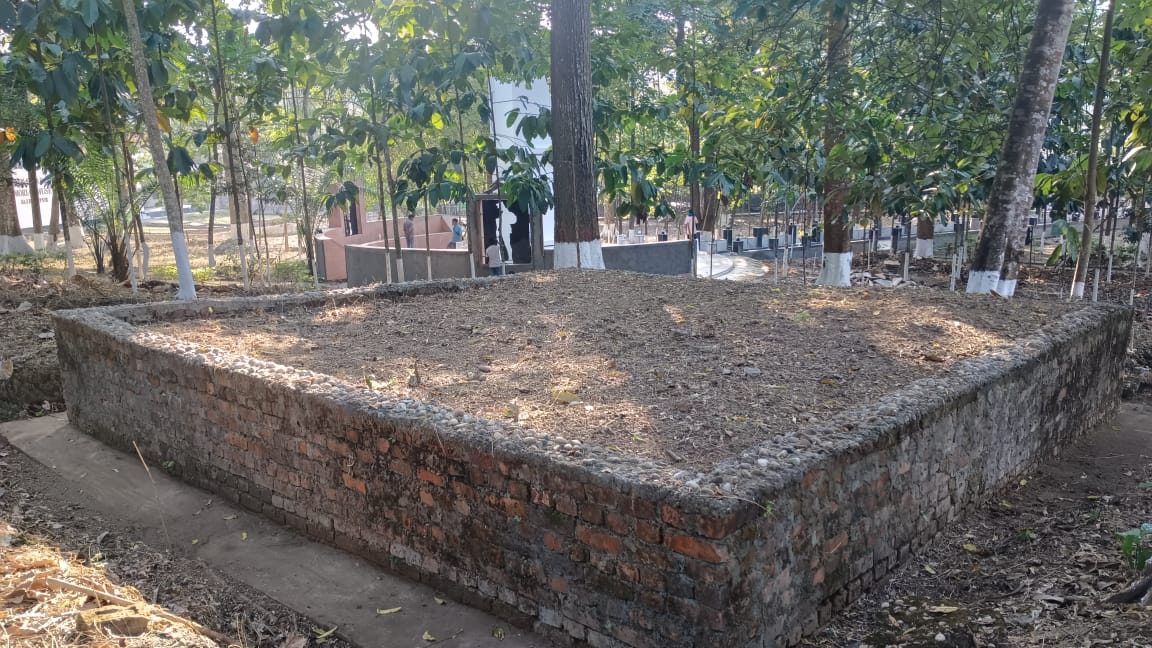
Chowkam Simai said, "Delegates from Myanmar, including a 150-member group, have joined the festivities, adding international flair to the celebrations. From vibrant tribal dances to the ethnic market that extends across the border, the Pangsau Pass International Festival opens doors of history with each chapter speaking a different story."
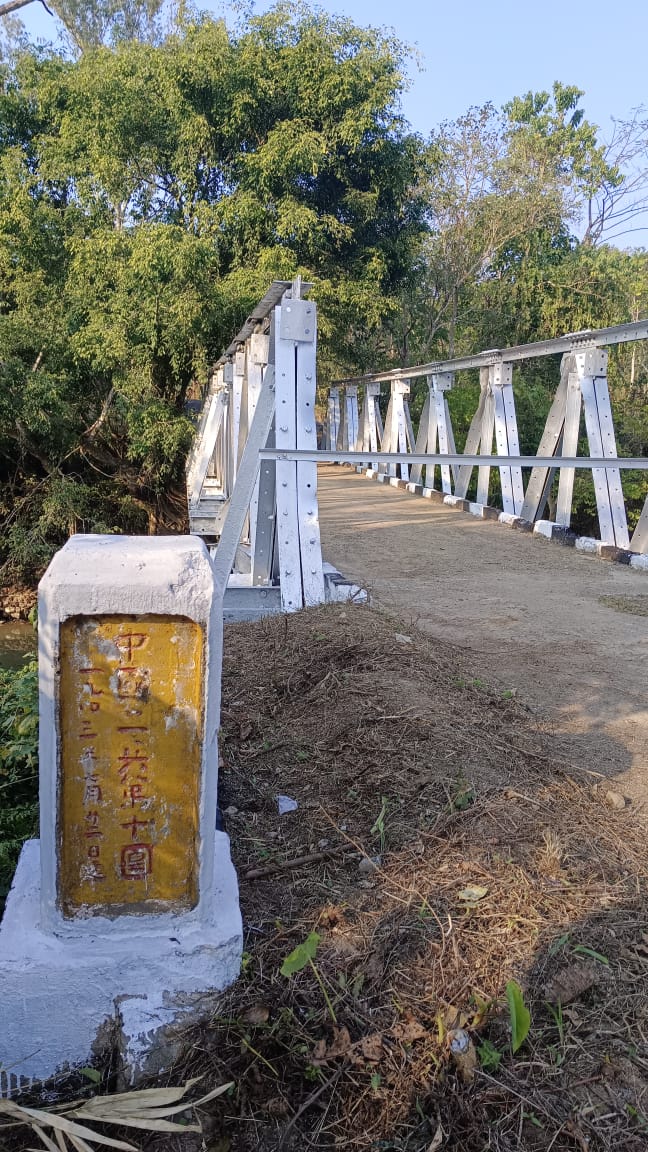
Further explaining the relevance of the event, secretary of the festival, Tangpa Lungphi, said, "It actually provides a platform to people from both the countries for mutual cultural exchange."
The festival allows us to reconnect with our past while celebrating the present, added Lungphi. “It’s a platform where culture, history, and people come together,” he concluded. Known for its cultural diversity, this northeastern state, also gains prominence for being home to home to 26 major tribes and over 100 sub-tribes.
Read More



